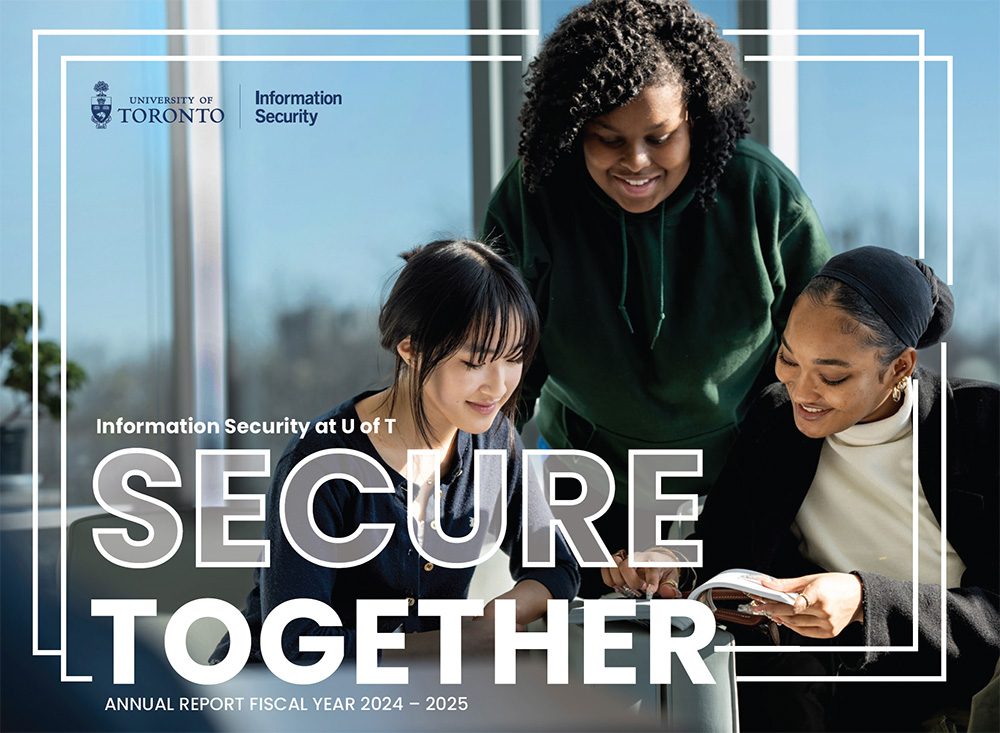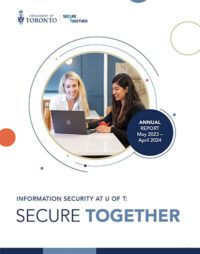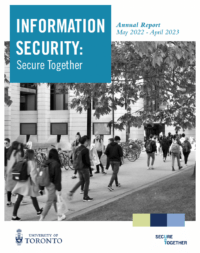Learn about our strategy
The University of Toronto’s Information Security strategy sets the mission, vision, goals, objectives and outcomes that will drive the information security priorities for the university over the next four years. It aims to enrich and support the university’s academic mission by enabling scholars, researchers, academics and staff.
The strategy was developed through a community-driven approach. This involved extensive consultation with academic and administrative units, and incorporates the voices of several community members. It was also influenced and shaped by the IT@UofT strategy and NIST Cyber Security Framework, along with the results of internal and external security assessments, the reality of the security threat landscape and advice from security experts.
By setting a shared direction for information security at the university, the strategy empowers units to identify their priorities, define and execute operational plans and measure progress over the next four years.
Topics on this page:
 Vision
Vision
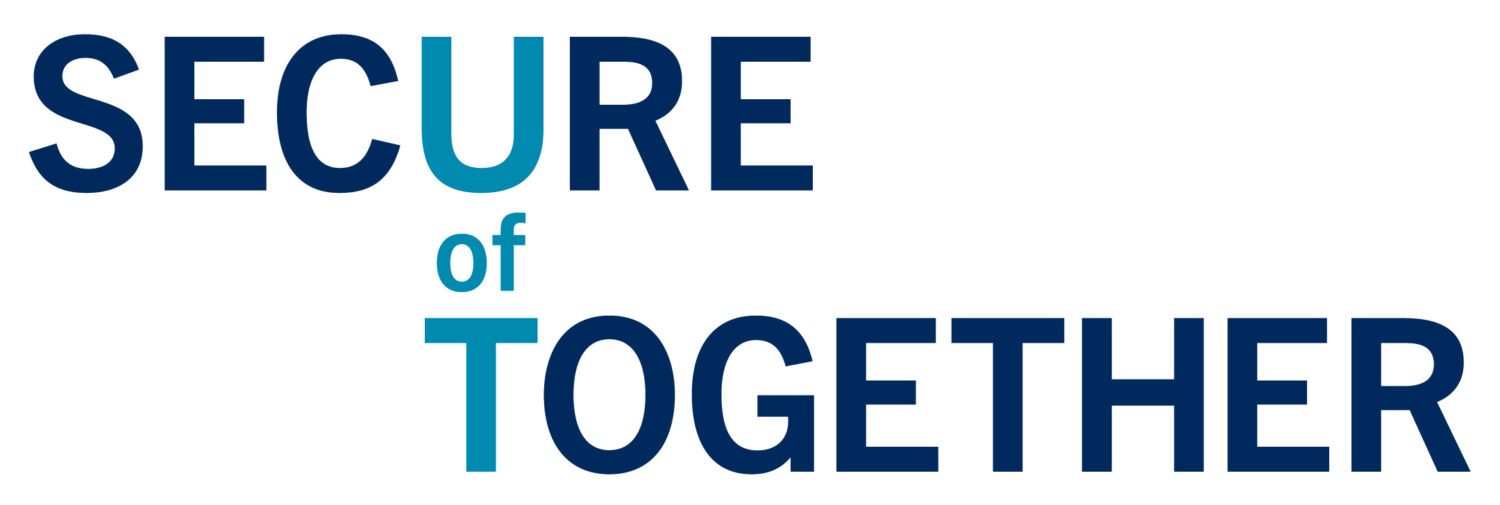
 Mission
Mission
Enable world-class teaching, learning and research through information security leadership and services that empower people, adapt to risk and respond to the diverse needs of the university community.
 Goals
Goals
- Enable the mission of the university
- Uphold privacy, openness and free inquiry
- Deliver a world-class, exemplary information security program
Strategic objectives and outcomes
 Secure university digital transformation
Secure university digital transformation
Ensuring security and privacy is at the core of emerging technologies and new ways of teaching, learning and working adopted by the university.
Outcomes:
- Seamless access to the digital university enabled through a single identity
- Appropriate protections for our people, data and systems regardless of location
- Innovative approaches to securing the next generation of digital solutions
- Information Security regarded as an enabler of digital transformation and the university mission
 Trustworthy teaching, learning and research
Trustworthy teaching, learning and research
Enabling structures to ensure scholars, researchers, academics and staff feel safe when using university infrastructure, systems and resources.
Outcomes:
- An information security-aware culture
- Accelerated adoption of privacy-conscious edtech solutions
- Seamless information security support across the entire research lifecycle
- Alignment with university data governance strategic outcomes
 Resiliency through effective risk management
Resiliency through effective risk management
Strategically assessing and managing risk to prevent security attacks and minimize their impact through timely detection and response.
Outcomes:
- Risk management programs adopted by units and reviewed by the Information Security Council
- Cyber incidents prevented or detected and responded to in a timely manner
- Managed supply chain risk
- Common framework to address regulatory and compliance obligations
 Excellence through collaboration
Excellence through collaboration
Harnessing the power of partnerships to solve bigger and more complex challenges.
Outcomes:
- Normalized collaboration on cybersecurity across the university
- Increased use of secure shared platforms, capabilities and methodologies
- Experiential learning and career growth opportunities for students, faculty and staff
- Strong sector partnership on shared opportunities and challenges
Office of the CISO focus areas for 2025-2026
- Identity governance and administration: We will focus on replacing legacy identity infrastructure to enhance user lifecycle and access management processes. This marks the first step in a long-term initiative to modernize our approach to identity.
- Research competitiveness:
We will support researchers in successfully competing for grants by helping them meet cyber security requirements set by research sponsors.
- Timely detection and response: We will continue to increase our capacity for security event logging and implement automated alerts to ensure timely detection and response to threats.
- OneVPN: We will transition to a single VPN service to provide secure and scalable remote access, ensuring that faculty, staff and students can seamlessly access U of T resources from any location.
 Message from the Office of the CISO
Message from the Office of the CISO
The world is rapidly becoming a digital-first experience. At the university, this is reflected in our hybrid learning environments, course registration processes, real-time research collaboration across the world, and use of data to drive effective evidence-based decision making. Information and technology are at the core of almost everything we do today. It is therefore essential that we enable resilient ecosystems that ensure the security and safety of our people, data and systems, wherever they are.
Our vision is to work together, each of us doing our small part to help secure our ecosystem, so we can focus on what matters most: our learners, our scholars, our staff and the communities we are in. Our systems and workflows must not only meet discipline-specific needs but also have security and privacy embedded into their design. This, coupled with the influence of those who are best informed to make the right decisions, is how we will enable transformative education, innovative research and the university’s Three Priorities.
Strategic initiatives
Discover further details about the security measures we’ve implemented to maintain safety and security at U of T.
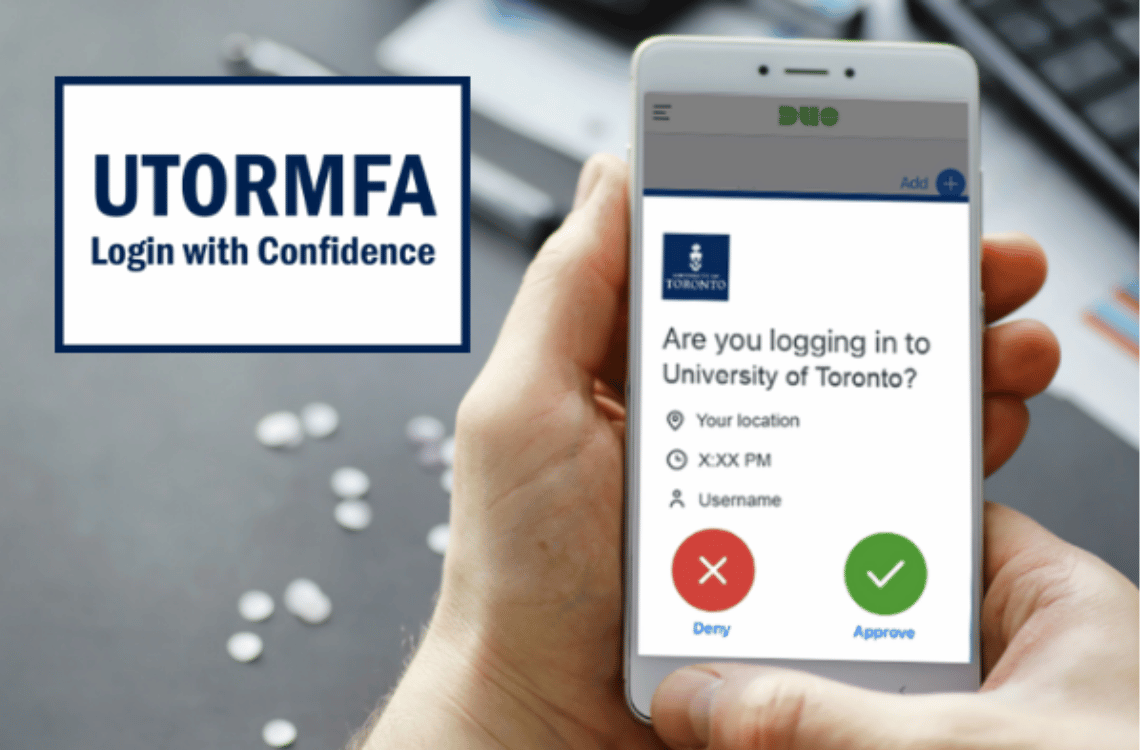
Outcomes
- Increase secure remote access to systems and data.
- Protect applications hosting sensitive data against unauthorized access.
- Meet the University’s Information Security Control Standard as endorsed by the Information Security Council.
- Protect user and admin accounts against compromise.
- Reduce risk of weak passwords being exploited by threat actors.

Outcomes
- Provide security framework and reviews for large research projects such as those using big data.
- Guidance for researchers to meet funding requirements that include information security frameworks and controls.
- Offer pre-vetted systems for research teams such as HPC, compute and storage systems.
- Build resources for self-help.
- Conduct research information risk assessments to address risks to research data.
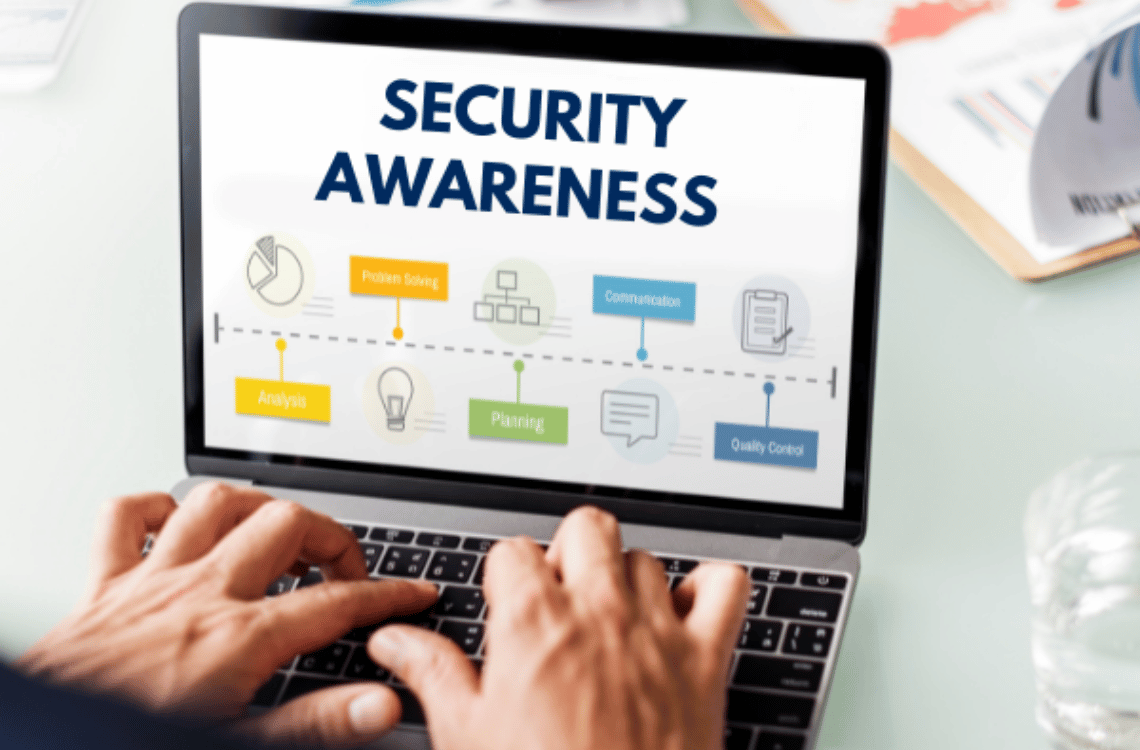
Outcomes
- Educate users about security threats, good security practices and U of T security standards and guidelines.
- Make security learning accessible to all users.
- Offer curated training content for specific roles.
- Enable users to test their security knowledge.
- Gauge security awareness levels of the community to provide targeted training.
- Periodically update training content to keep it current and relevant.

Outcomes
- Increase user trust that their devices are safe to use.
- Reduce duplicate anti-virus spend across divisions.
- Provide consistent baseline protection for all endpoints with advanced protection available for high-risk use cases.
- Alert on suspicious activities and reduce time to prevent or respond.
- Identify and respond to threats that are not detected by traditional anti-virus solutions.
- Reduce use of unsecured personal devices.

Overview
Manage risk to critical assets by proactively identifying and remediating security vulnerabilities.
Outcomes
- Improve visibility into security vulnerabilities.
- Enable better prioritization of vulnerabilities.
- Minimize attack surface.
- Improve rate of vulnerability remediation.
- Track and report vulnerability remediation.

Overview
Drive strategic reinvestment in people, process and technology to modernize and enable Identity-as-a-Service for U of T.
Outcomes
- Build foundational capability for divisions to manage their own identity needs and reduce duplication.
- Securely manage user identity from on-boarding through off-boarding or perpetual relationship.
- Enhance user experience by streamlining process for getting access.
- Provide self-service capabilities such as password reset and new access requests.
- Enable fine-grained access decisions based on risk.

Outcomes
- Increase trust and use of O365 to maximize institutional investments.
- Safeguard emails against malware and viruses, including “zero-day” threats.
- Check incoming messages for indicators that a message might be a phishing attempt.
- Detect and block files that are identified as malicious.
- Enforce data-specific security policies.
- Generate real-time reports to decrease time to detect and respond to threats and attacks.

Overview
Detect and respond to security threats in a timely manner to minimize their impact on the University.
Outcomes
- Enhance security events monitoring at the institutional and unit level.
- Enable individual units to expand their monitoring capabilities.
- Analyze security events and logs to proactively identify threat patterns.
- Respond to identified threats to remove or contain them in a timely manner.

Outcomes
- Enhance cloud security by standardizing firewall technologies in the cloud.
- Offer self-service capabilities to create and deliver firewall changes.
- Expand capacity of edge infrastructure to accommodate increased demand for edge services.
- Enhance cloud security service by bringing more cloud security architecture resources to support cloud growth.

Overview
Strengthen the institutional information security program through foundational changes and added support.
Outcomes
- Improve delivery of security services.
- Enhance visibility into risk for more informed decision-making.
- Increase support for units to manage their security risk.
- Improve execution efficiency of security strategic initiatives.
